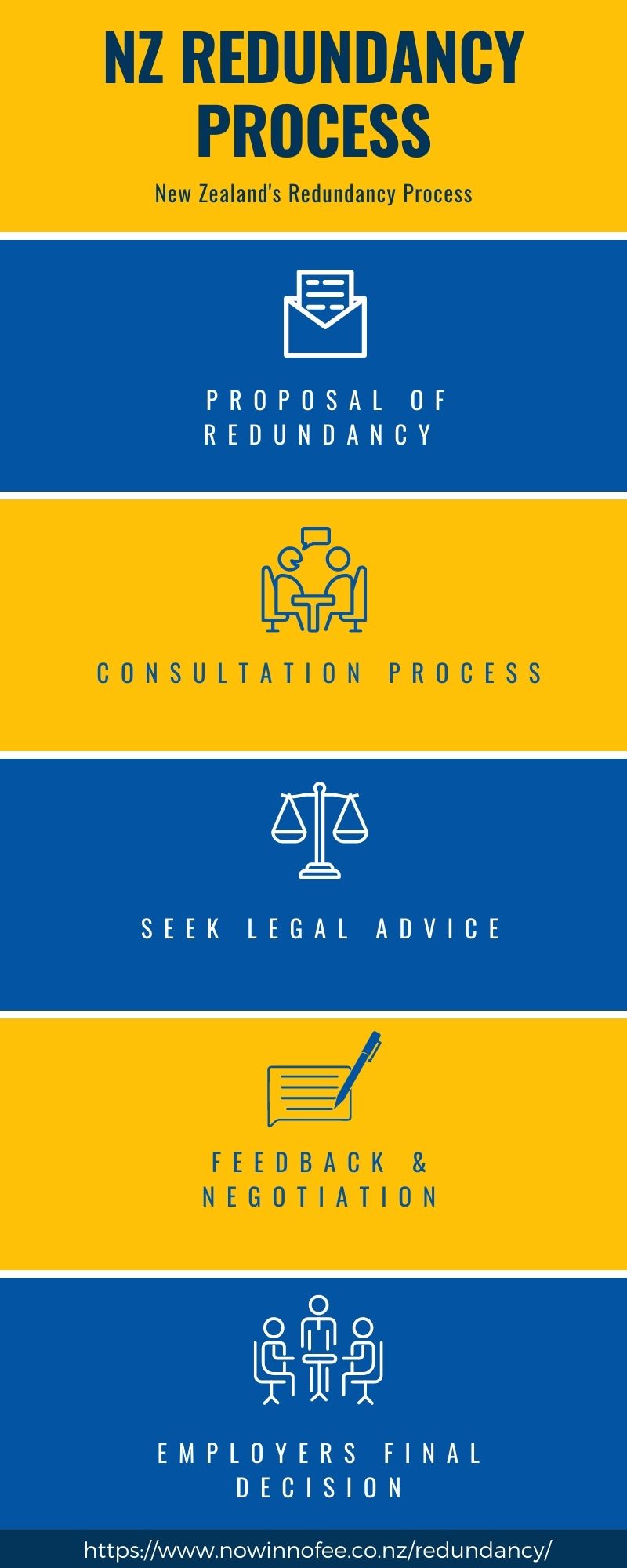Small Business Closing Employee Rights UK: Making Sure Fair Redundancy Pay
Small Business Closing Employee Rights UK: Making Sure Fair Redundancy Pay
Blog Article
Exploring the Operational Characteristics of Company Redundancy and Its Long-Term Sustainability

Redundancy Approaches for Service Continuity
In order to ensure nonstop procedures, services must apply efficient redundancy methods for service continuity. Redundancy in this context describes the replication of vital elements or functions within a system to mitigate the influence of potential failures. By including redundancy approaches, companies can enhance their durability against interruptions triggered by various variables such as natural calamities, devices failings, or cyber-attacks.
One common redundancy strategy is the application of back-up systems and information storage remedies. This involves creating duplicates of essential data and systems that can be turned on in instance of a primary system failure. In addition, organizations can establish redundant interaction channels and source of power to keep connectivity and procedures during unanticipated events.
Furthermore, cross-training staff members to do multiple roles within the firm can work as a beneficial redundancy technique. If vital personnel are unavailable due to disease or other reasons, this guarantees that essential jobs can still be brought out also. Generally, reliable redundancy techniques are crucial for companies to maintain functional continuity and minimize the effect of possible disruptions.
Impact of Redundancy on Business Strength
Provided the critical duty redundancy techniques play in ensuring company continuity, checking out the impact of redundancy on organizational resilience comes to be essential for recognizing the all natural functional characteristics of a business. Redundancy, when tactically executed, can substantially contribute to enhancing an organization's resilience in the face of unforeseen difficulties.
Moreover, redundancy can bolster worker spirits and self-confidence, understanding that there are contingency plans in location to address unexpected circumstances. This sense of security can lead to increased productivity and a much more favorable work atmosphere. Additionally, redundancy can cultivate advancement and creativity within a company as staff members feel encouraged to take calculated threats, recognizing that there is a security internet to support them in instance of failure. In general, the influence of redundancy on organizational strength is extensive, forming the lasting sustainability and success of a firm.
Stabilizing Effectiveness and Versatility in Redundancy
Accomplishing an unified balance between functional efficiency and flexible adaptability is an essential obstacle in the strategic release of redundancy within organizations. Efficient operations are vital for preserving efficiency and cost-effectiveness, making certain that sources are used ideally. Nonetheless, too much focus on performance alone can result in strength, making it tough for companies to adapt to unanticipated adjustments or difficulties. On the other hand, flexibility allows companies to react nimbly to advancing scenarios, fostering technology and durability. Yet, too much versatility without a solid functional foundation can result in ineffectiveness and variance.
To stabilize performance and flexibility in redundancy planning, companies should carefully examine their functional demands, market dynamics, and critical goals. Carrying out lean methods can enhance efficiency by removing and enhancing procedures waste, while promoting a society of adaptability and continuous renovation can enhance flexibility. Additionally, spending in cross-training programs and durable interaction networks can aid grow a functional labor force qualified of handling diverse tasks during periods of transition. Inevitably, locating the right balance between efficiency and versatility is critical for developing a resilient and sustainable organization when faced with unpredictability.
Long-Term Sustainability Via Redundancy Planning
To ensure long-lasting feasibility and security, companies need to purposefully align their redundancy planning with long-lasting sustainability objectives, consequently integrating functional effectiveness with flexible adaptability. Business ought to watch redundancy not as a responsive service to instant problems however as an aggressive strategy for lasting success.

Positive Steps for Lasting Company Operations
Just how can firms proactively improve their operational sustainability for lasting success? Applying positive actions is important for firms intending to make certain lasting procedures. One crucial approach is to invest in modern technology and advancement to improve processes, lower waste, and stay affordable out there. Taking on lasting techniques such as reducing power intake, decreasing carbon impact, and optimizing source utilization can not only benefit the atmosphere but also result in cost savings in the future.
Moreover, fostering a society of continual renovation and knowing within the company can improve versatility to altering market conditions and customer demands. Encouraging worker participation in decision-making processes and providing possibilities for expert advancement can increase morale, performance, and general performance. Establishing clear objectives, monitoring key check this efficiency indications, and routinely assessing development are important parts of aggressive sustainability administration.
Working together with providers, customers, and other stakeholders to advertise sustainable techniques throughout the supply chain can develop a surge result of favorable influence - redundancy pay if company goes bust. By taking positive actions towards operational sustainability, business can construct strength, drive advancement, and protect their long-term success in an ever-evolving service landscape
Verdict

In the realm of organizational monitoring, the tactical deployment of firm redundancy stands as a critical yet complex practice that necessitates a delicate equilibrium in between functional effectiveness and long-term viability. By dissecting the operational characteristics that underpin company redundancy and evaluating its more comprehensive implications for organizational strength and versatility, a nuanced understanding of just how redundancy approaches can form the future trajectory of see post a business begins to unfold.Given the crucial role redundancy approaches play in making sure business continuity, see here discovering the influence of redundancy on organizational durability becomes critical for understanding the all natural operational dynamics of a company. In general, the impact of redundancy on organizational durability is extensive, shaping the long-lasting sustainability and success of a firm.
In final thought, comprehending the functional dynamics of business redundancy is essential for ensuring lasting sustainability.
Report this page